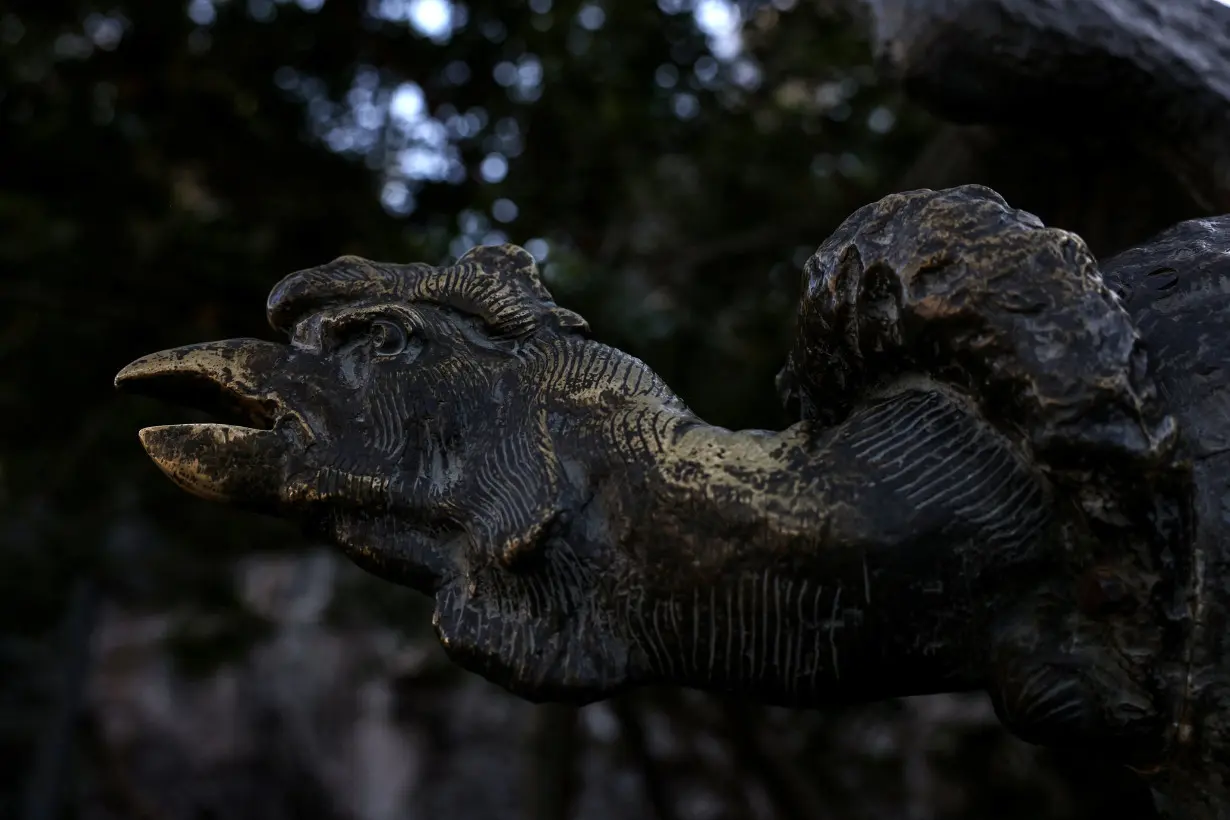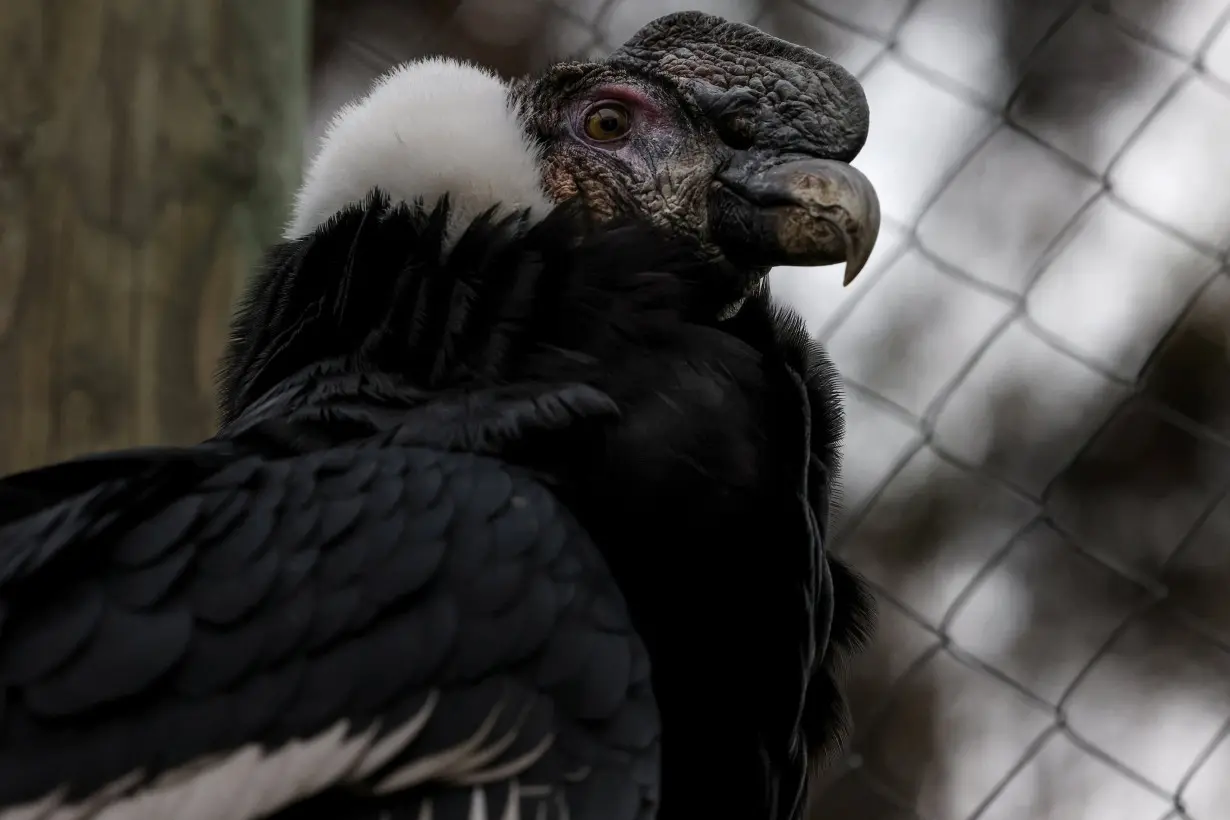SANTIAGO (Reuters) - An Andean condor being treated in Chile with lead in its blood, a pellet embedded in its skull and a satellite tracker from Argentina highlights the challenges of conserving this endangered bird.
The condor was sick and unable to fly when agents from Chile's farming and livestock SAG agency found it in late May and took it to the national zoo for treatment.
That is when veterinarians found the tracker and detected high levels of lead in its blood, underscoring the effects of human interference and the need for international cooperation to conserve the Andean condor.
"The condor is moving between Chile and Argentina, it doesn't recognize geographic or political boundaries," said Guillermo Cubillos, head of investigation and conservation for Chile's National Zoo on Thursday, saying international conservation and tracking efforts are needed.

"We can't make a Chilean condor conservation plan with monitoring, we have to involve investigators, or government, from Argentina."
Cubillos said that the massive bird, which can have a wing span of more than 10 feet (three meters), has gone extinct in Venezuela and is bordering on extinction in Colombia. There are only an estimated 6,700 wild condors, according to the International Union for Conservation of Nature.
During a Reuters visit to one of Chile's largest landfills in Tiltil, about 60 kilometers (37 miles) north of Santiago, dozens of condors were seen feeding on garbage.
Veterinarians said the condor's high lead levels indicate that it ate something contaminated or consumed prey with high levels of lead.
"We have to control the areas where wildlife and human activities clash, like landfills," said Mauricio Fabry, head of Santiago's environmental department. "So that this species, that's important to the ecosystem, that transforms death into life, keeps existing in our landscapes."
(Reporting by Rodrigo Gutierrez and Ivan Alvarado; Writing by Alexander Villegas; Editing by Rod Nickel)

 Edmunds highlights the top car-tech trends from CES 2025
Edmunds highlights the top car-tech trends from CES 2025
 Joann files for bankruptcy — again
Joann files for bankruptcy — again
 German economy, Europe’s largest, shrinks for second straight year
German economy, Europe’s largest, shrinks for second straight year
 Australian Open: Last year’s finalist Zheng Qinwen stunned in biggest upset so far
Australian Open: Last year’s finalist Zheng Qinwen stunned in biggest upset so far
 Comoros ruling party wins parliamentary elections, opposition rejects results
Comoros ruling party wins parliamentary elections, opposition rejects results
 Confused about all the tax changes in the past decade? Just wait
Confused about all the tax changes in the past decade? Just wait
 US inflation likely remained elevated last month, threatening interest rate cuts
US inflation likely remained elevated last month, threatening interest rate cuts
 Coors Light is changing its name
Coors Light is changing its name
 Tiger Woods’ son Charlie chuckles while watching his dad suffer heavy defeat in TGL debut
Tiger Woods’ son Charlie chuckles while watching his dad suffer heavy defeat in TGL debut








